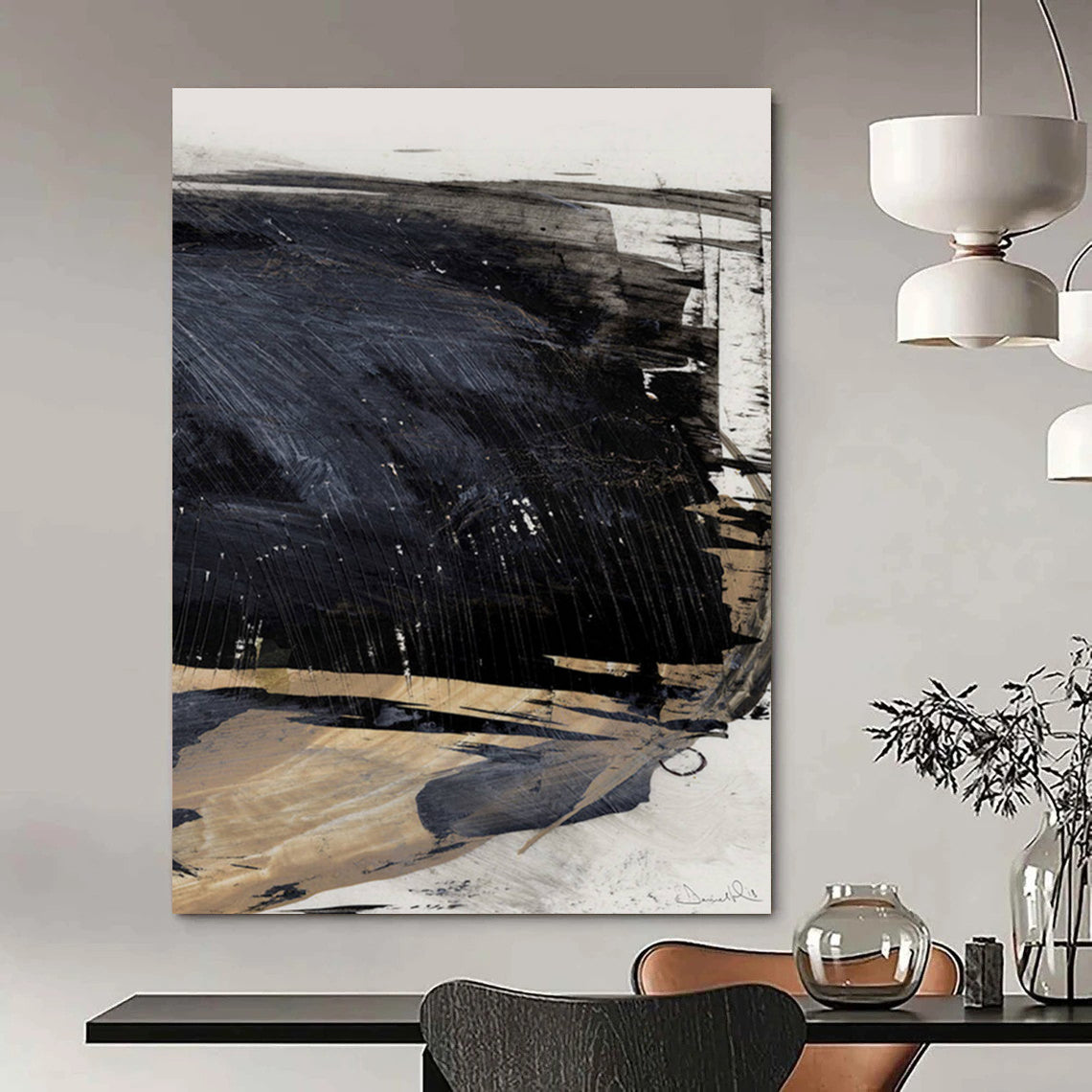Oil painting often carries a reputation of being complex, messy, and intimidating — but that is a myth. In reality, oil painting is one of the most accessible, flexible, and rewarding art forms out there, ideal for both beginners and experienced artists looking to deepen their skills. With modern materials and straightforward techniques, oil paints invite creativity with rich color, smooth blending, and forgiving drying times that encourage exploration.

Debunking the Myths: The Truth About Oil Painting
Many artists hesitate to start with oil paints due to three widespread myths:
-
Oils are stinky: Traditional oil painting uses solvents like turpentine which have strong odors. However, modern, low-odor, and non-toxic alternatives such as soy-based or water-mixable oils make the painting experience pleasant and safe Milan Art Institute.
-
Oil painting is expensive: While good-quality oil paints are an investment, they last longer and cover more surface area than acrylics, ultimately offering great value. Reusing solvents and efficient studio habits also reduce cost and waste.
-
Oil painting is difficult: This is largely due to unfamiliarity. Once you learn a few essential rules and techniques, oils become highly manageable and forgiving compared to other mediums.
Essential Techniques for Beginners
The Subtractive Method: Simplifying the Approach
One beginner-friendly technique is the subtractive method. Instead of starting on a blank white canvas, begin with a toned ground (pre-colored background), then remove paint to reveal lighter areas using Q-tips or rags. This method is especially helpful in portraiture to establish proportions and values without overloading brushwork, thanks to oils' slow drying times allowing ample working time and adjustments.
Limited Palette for Realistic Skin Tones
You don’t need dozens of colors to paint lifelike portraits. A strategic selection of just two reds, two blues, a yellow, white, and black can create a full range of realistic skin hues. Understanding warm vs. cool variations of these colors enhances depth and vibrancy guide to mixing skin tones.
The Rule of Fat Over Lean: Ensuring Longevity
Oil paintings adhere to a vital rule: fat over lean. This means painting with thinner, solvent-rich layers at first, and progressively using thicker, oil-rich layers on top. This layering prevents cracking and preserves the painting for decades. Oils dry by oxidation—not evaporation—making the fat over lean technique crucial for durability Encyclopedia Britannica: Oil Painting.

Advantages of Oil Painting Over Acrylics
Oil paints have a unique molecular structure that allows:
-
Richer pigments and luminosity: Oils produce vibrant, glowing surfaces that acrylics can rarely match.
-
Smooth transitions: The slow drying time lets artists blend colors seamlessly, ideal for subtle gradients and intricate details.
-
Flexibility: You can rework, scrape back, or glaze with oils owing to their lengthy drying period.
These qualities make oils ideally suited for portraiture, still life, and any work requiring depth and realistic effects.
Modern Materials and Studio Tips
Safer and Cleaner Options
Acrylics often get praised for simplicity, but contemporary oil paints paired with odorless solvents and mediums now allow for healthier and cleaner studios. Keep brushes clean but not overly saturated to avoid muddy colors, and reuse solvents by letting pigments settle [Milan Art Institute studio tips].
Make Waiting Work for You
Drying times, often seen as a drawback, become a workflow advantage when working on multiple paintings simultaneously or applying fast-drying mediums strategically.
Where to Take Your Oil Painting Journey Next
Whether for personal satisfaction or career paths, oil painters enjoy dual options:
-
Gallery representation: Offers professional credibility and curated audiences.
-
Social media and online platforms: Artists gain independence, reach global followers, and control brand building.
Both routes are valid, and the choice depends on artistic goals.
Image Sources and Further Reading
-
Portrait oil painting demonstration: Milan Art Institute oil portrait workshop.
-
Oil painting materials and techniques explained: Britannica Oil Painting.
-
Beginner oil painting guide: Art Side of Life oil painting basics.
Frequently Asked Questions (FAQ)
Q: Is oil painting suitable for beginners?
A: Absolutely. While it may seem daunting at first, modern techniques and materials make oil painting accessible for beginners who practice essential rules like fat over lean and start with simple palettes.
Q: Do oil paints smell bad?
A: Traditional solvents do, but modern odorless and non-toxic alternatives make oil painting pleasant and safe.
Q: How long does oil paint take to dry?
A: Oils dry by oxidation, not evaporation, typically becoming touch-dry in days to weeks but fully curing can take months. This slow drying offers flexibility to rework areas.
Q: What is the 'fat over lean' rule?
A: It means each subsequent paint layer should have more oil than the layer below, preventing cracking and ensuring painting durability.
Q: Can oil painting be affordable?
A: Yes. High-quality oils last longer than acrylics, and with proper studio habits like solvent reuse, the upfront cost is justified.
This comprehensive overview reveals why oil painting is more approachable and rewarding than many think. Embrace the rich, vibrant world of oils today and enjoy an art medium cherished through centuries.
If you want to start your oil painting journey with expert guidance, explore Milan Art Institute's Oil Painting Courses for structured lessons and supportive online communities.

